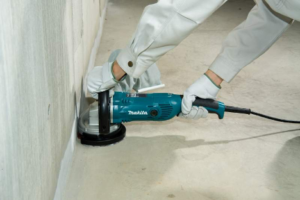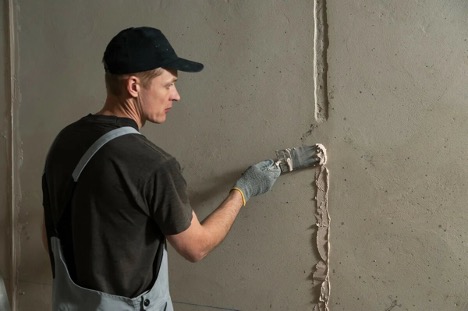Decorating walls with foam ceiling tiles: how to paint them, pros and cons
Foam tiles are most often used for ceiling finishing. But it can also be used for gluing walls. Installation is very simple - you just need to carefully draw up a diagram and transfer the markings to the surface. In addition, it is important to choose durable tiles that can be washed repeatedly if necessary. The article describes how to do this.
The content of the article
Is it possible to use ceiling tiles: pros and cons
Foam tiles are very convenient for gluing walls, because they are lightweight, and you can glue them even without special skills and equipment. At first glance, it seems that this is a primitive and “cheap” solution, although with the right approach the wall will look very beautiful due to the tile patterns.
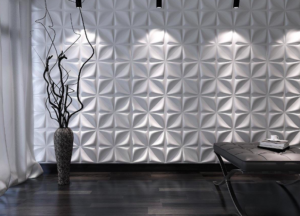
Finishing walls with foam ceiling tiles provides several important advantages:
- The material is inexpensive - this is one of the most budget options. You can save a lot on finishing large areas.
- There is no need for such labor-intensive preparation as in the case of screeding and painting.
- Tiles allow you to hide even relatively large defects.
- It looks quite attractive, and the ceiling tiles are suitable for painting with acrylic or water-based composition, which is also affordable.
- Wide selection of sizes and designs - you can easily implement any design option.
However, ceiling tiles have both pros and cons:
- It is flammable, so if there is a high risk of fire in the room, it is not recommended to use such material.
- The coating generally does not turn out to be seamless, because the individual elements are represented by squares, which, even when tightly joined, form seams. Although there are also special materials with waves or special grooves that are inserted into each other according to the “groove into groove” principle.
- The use of tiles is objectively limited - for example, this option is not suitable for the kitchen due to contamination with grease and soot. Although the problem can be solved if you periodically repaint the entire surface.
How to choose a tile
Foam wall tiles come in 3 main types:
- Pressedand I.
- Injectionand I.
- Extrudedand I.
The basis of the composition is always polystyrene foam, but the processing technology is different. Thus, injection tiles have a low density and thickness within 15 mm. Pressed products go through an additional stage, so they are denser and the thickness does not exceed 8 mm.
At the same time, the most durable polystyrene foam tiles for walls are extruded. It is the most dense and therefore has a minimum thickness - within 3 mm. Moreover, the surface is additionally laminated, which allows it to be washed an unlimited number of times. This is especially useful for areas of the home such as the kitchen and bathroom.
When purchasing, you should carefully inspect the tiles and make sure there are no dents, small creases on the corners and other defects. Particular attention is paid to the grain size - it should be minimal, i.e.the surface should be as uniform as possible, which indicates the high quality of the material.

Installation of tiles on walls
When gluing slabs, you first need to calculate the quantity based on the area of each element and the total area of the wall. It is better to take it with a margin of 10-15% in case of a break. You need to act in several stages:
- Prepare the base - if it is too uneven, purchase a mixture of starting putty and do the processing. Next they pass with a primer, the solution of which must be diluted with water 1:1.
- Start marking - first draw up a diagram on paper. Determine the gluing technology - from the edges or from the center. After drawing up the diagram, it is transferred to the wall.
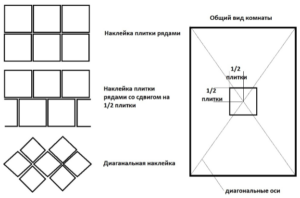
- Next, apply glue to the tile (it is better to purchase a special compound) and fix it to the wall exactly according to the markings. When working, it is most convenient to use a narrow spatula. The remaining glue is removed with a damp sponge and repeated many times.
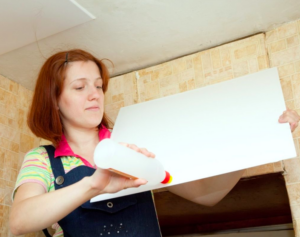
Thus, installation is quite simple. If the marking is done correctly, there will be no problems. It is important to carefully carry out calculations and draw up a correct diagram. If necessary, the edges of individual elements are trimmed.




